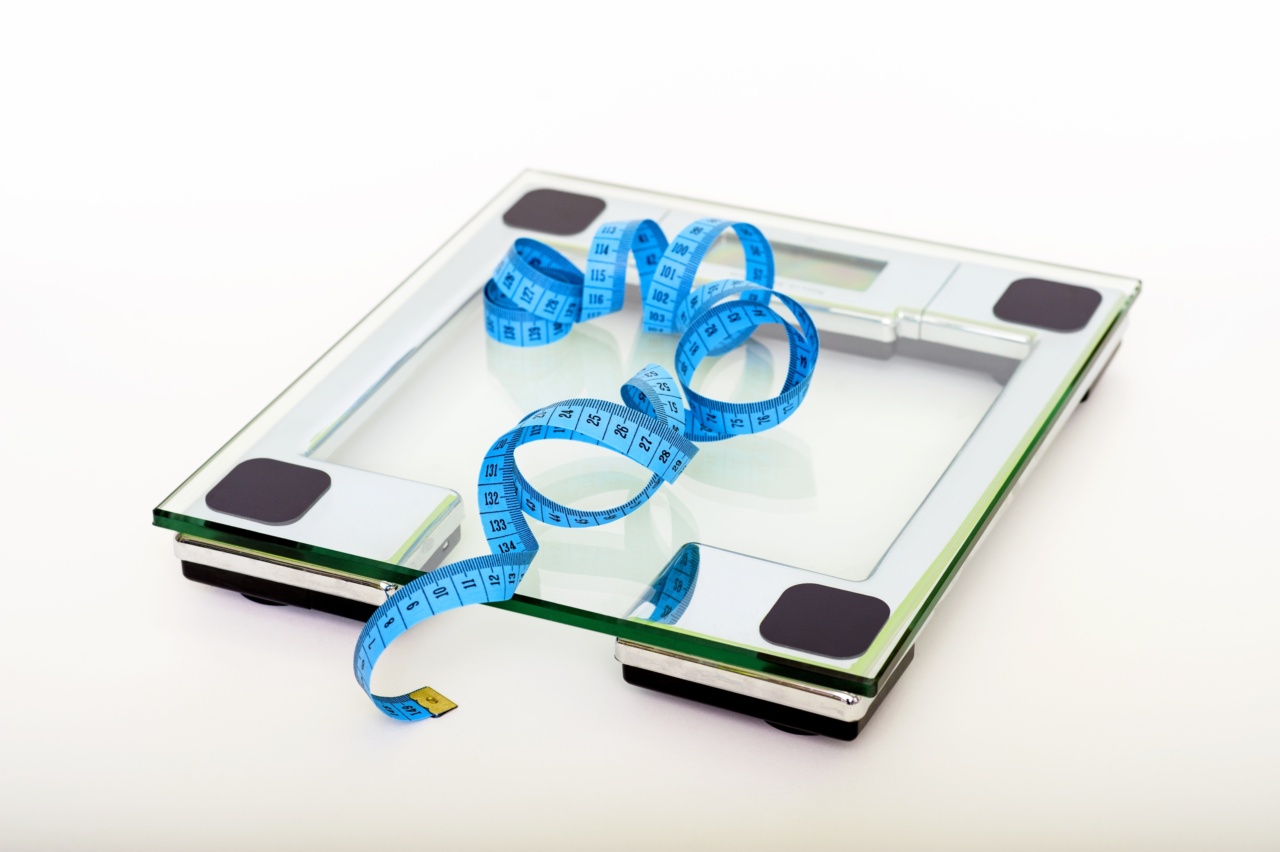When it comes to measuring, accuracy is key. Whether you are measuring ingredients for a recipe, distances for a construction project, or dimensions for a new piece of furniture, getting accurate measurements is essential.
In this article, we will discuss four scaling tips that will help you measure with precision and confidence. These tips are applicable to various measurement scenarios, so let’s dive in!.
1. Use the Right Tools
The foundation of accurate measurement lies in using the right tools. Depending on your specific needs, there are different instruments you can utilize. Here are a few commonly used tools:.
- Tape Measure: This is a versatile tool for measuring distances and dimensions. Make sure to choose a tape measure that is long enough for your measurements.
- Ruler: A ruler is suitable for smaller measurements and is often used in crafting or design work.
- Digital Caliper: This precise tool is great for measuring small objects with extreme accuracy.
- Scales: When it comes to measuring weight or mass, a scale that is calibrated correctly is crucial.
- Level: If you need to ensure that something is straight, a level is indispensable.
Using the appropriate tool for the job will significantly enhance the accuracy of your measurements.
2. Zero Calibration
Before you start measuring, it’s important to perform a zero calibration. This step ensures that your instrument is properly calibrated and ready for accurate measurements. Here’s how to do it:.
- For weight scales, make sure the scale is empty and adjust it to display zero before placing any objects on it.
- Tape measures and rulers should also be checked to ensure they start at zero. If not, adjust them or make a note of the offset.
- Digital calipers should be zeroed at the beginning of each measurement session. Check the manufacturer’s guide for instructions on zeroing your specific caliper.
Performing zero calibration may seem like a minor step, but it can significantly impact the accuracy of your measurements.
3. Take Multiple Measurements
Human error is inevitable, even when you are trying your best. That’s why it’s crucial to take multiple measurements and calculate the average.
This technique helps eliminate small errors that can occur during each individual measurement and provides a more accurate result.
If you are measuring a length or dimension, repeat the measurement at least three times and calculate the average. This is particularly important when precision is essential.
For weight measurements, remove and weigh the item multiple times, taking the average to ensure an accurate reading.
4. Consider Environmental Factors
Environmental factors can also influence measurement accuracy, so it’s important to consider and account for them. Here are a few factors to keep in mind:.
- Temperature: Some materials expand or contract with temperature changes, which can affect measurements. Adjust for temperature variations where necessary.
- Humidity: Moisture content in certain materials can throw off weight measurements. Account for humidity if weight accuracy is crucial.
- Lighting: Adequate lighting is vital for getting precise measurements. Ensure the area is well-lit to avoid misreading measurements.
- Surface Conditions: Uneven or rough surfaces can impact measurements. Try to level the surface or use appropriate techniques to accommodate for any irregularities.
Considering these environmental factors will help you achieve more accurate measurements and improve the overall quality of your work.
Conclusion
Accurate measurement is essential in countless scenarios, and precision can make all the difference in the outcome of a project.
By using the right tools, performing zero calibration, taking multiple measurements, and considering environmental factors, you can greatly enhance the accuracy of your measurements.
Remember, accuracy and precision should always be the goal, regardless of what you are measuring. So, take your time, be meticulous, and follow these four scaling tips to ensure your measurements are spot on!.





























